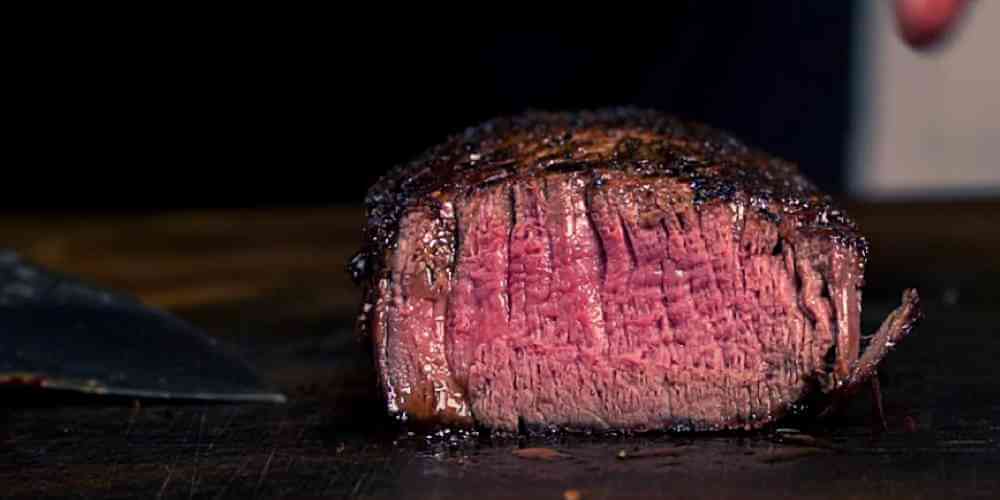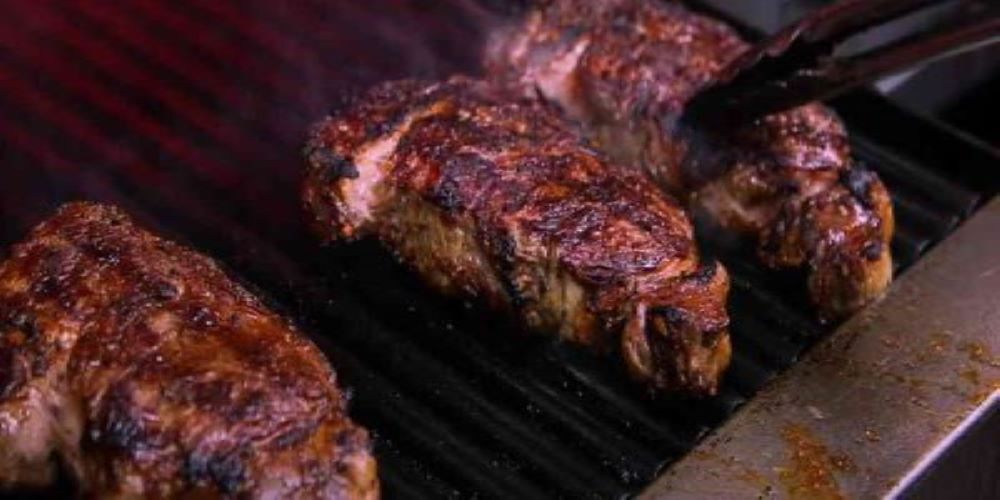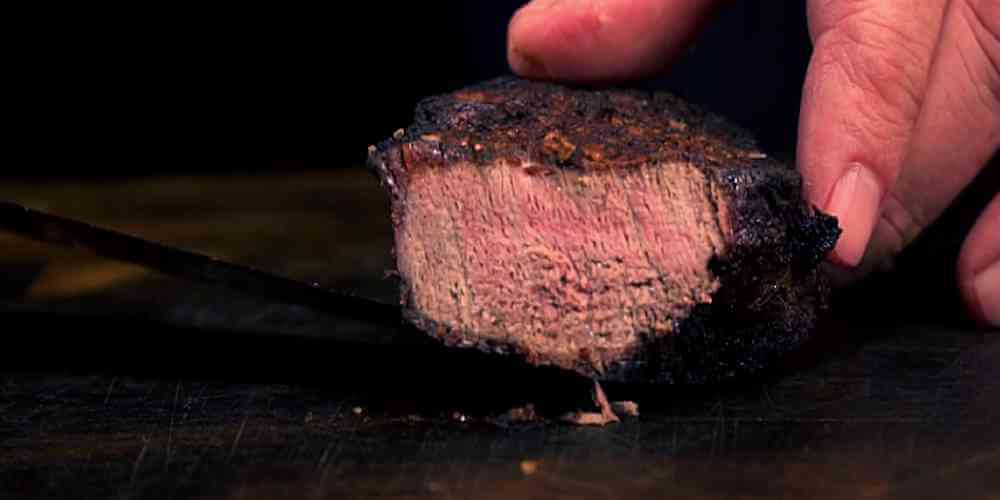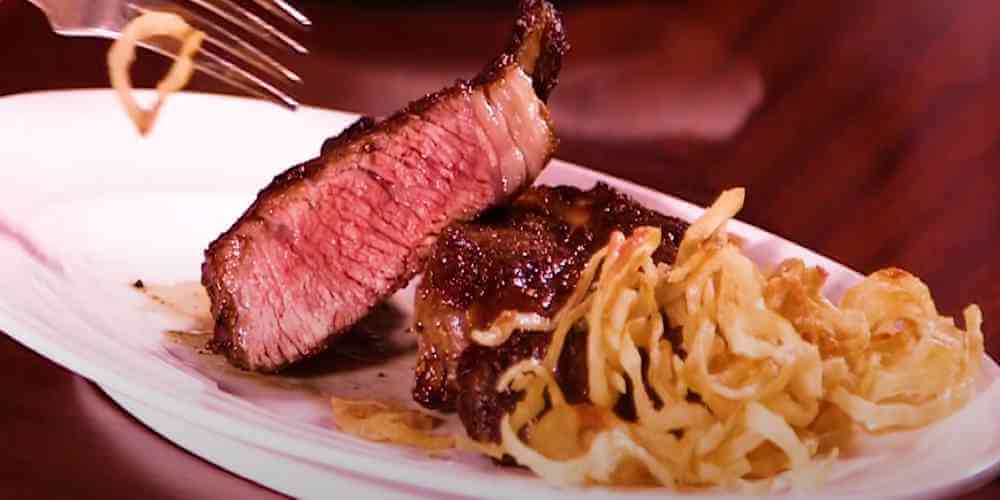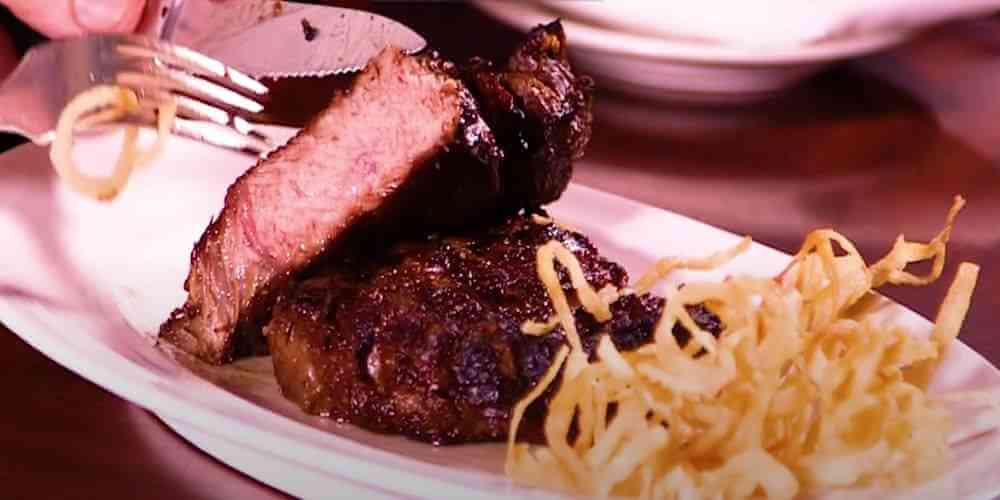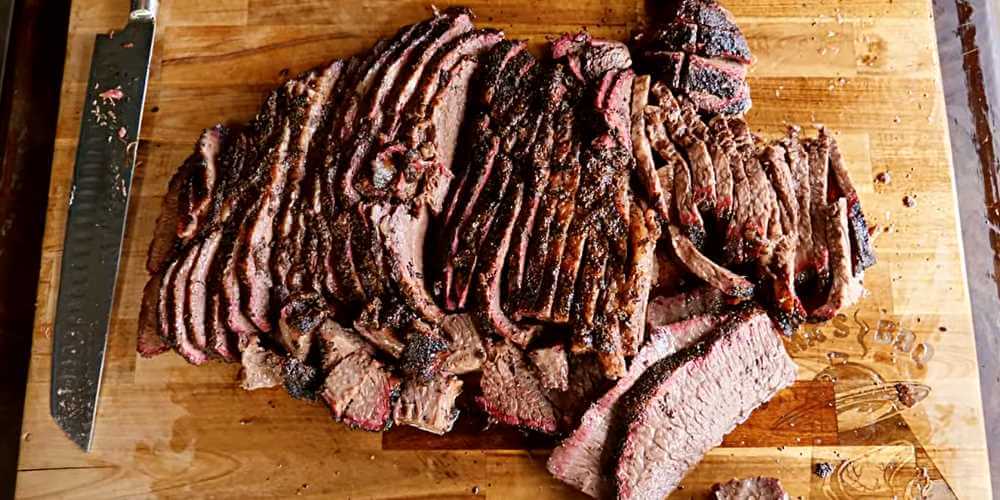How to Know if Your Steak Is Ready
Grilling has been a lifelong love affair for me, from impromptu backyard barbecues with friends to meticulously planned family gatherings. One of my favourite memories involves experimenting with a citrus-infused marinade, resulting in a steak that was a symphony of flavours. These experiences have shaped my grilling journey, teaching me the art of balancing techniques and ingredients to create culinary masterpieces.
And there was born The Meat Inn Place, where we are famous for our “Low n Slow” steak cooking.
With this steak doneness guide that we will be sharing with you from our years of experience, you can eliminate the guesswork of whether your steak is ready without cutting it open.
Grilling a steak requires some care, especially when it comes to doneness. The cooking time depends on the type of steak, its thickness, and the grill heat, but the internal temperature determines when it’s done. Each level of doneness has a target temperature, which can be measured with a meat thermometer.
While professionals we watch on every cooking show or restaurant can obtain the precise amount of doneness on every cut of beef, such as beef brisket Melbourne cuts, home chefs may find it challenging to master this technique. Without cutting into a steak, how can you tell if it’s cooked to perfection?
Knowing how to attain different levels of doneness — it all comes down to temperature and timing — is the best way to ensure you’re cooking the ideal steak every time. Here are his best techniques for consistently grilling a steak to the proper steak doneness temp.
Always use a thermometer
To calibrate, place the thermometer in a container with ice and water and take a reading after 20 seconds. The thermometer is calibrated successfully and ready to use if the temperature reads 32 degrees Fahrenheit (zero degrees Celsius). For an accurate reading, insert the thermometer probe through the thickest section of the flesh, avoiding any bones, fat, or gristle, to determine the temperature of a big piece of steak. Allow about 10 seconds for the thermometer to detect the temperature in the meat.
Before you start cooking, take a break
First and foremost, let your steak(s) come to room temperature for around 20 minutes before putting them on the pan or grill.
Keep an eye on the temperature
While your steaks are cooking, use a digital instant-read thermometer to check the temperature. Quality meat from a top butcher, will help the meat with temparature. Avoid the bone by inserting the probe sideways towards the thickest section. To find your perfect doneness, follow this guide:
The Steak Doneness Test
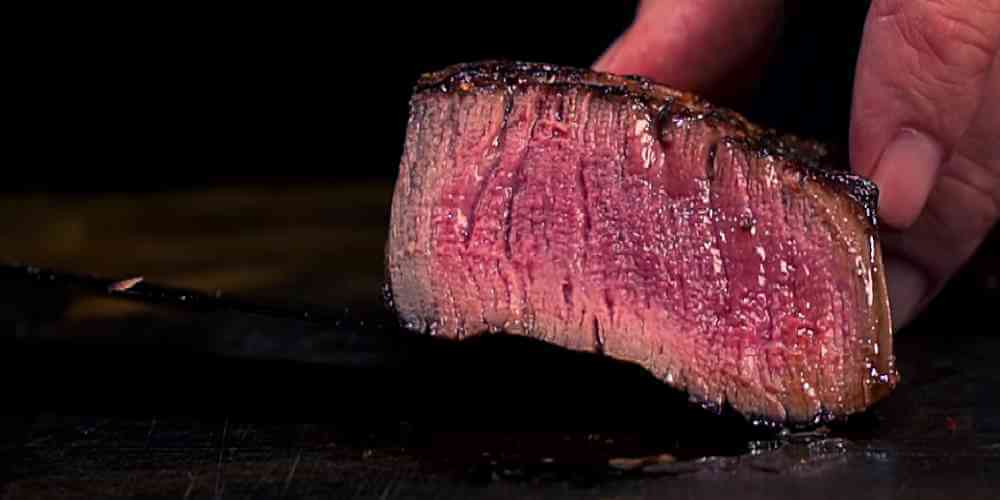
Perfect Steak Doneness Guide
1. Rare (Cool to warm red center, soft and tender texture)
120°F to 130°F; 5 minutes on each side, then 3 minutes; remove from grill when the temperature reaches 125°F. The steak has a smooth, sensitive texture and a cool-to-warm crimson core. This is a fantastic choice for thinner steaks with less fat to melt, such as top sirloin or filet mignon.
We suggest that you cook the lean slices. Paper towels are the key to creating a crusty sear on a rare steak. Remove any extra water from your steak before drying it. Cook each side of the steak for two minutes to get the ideal rare steak. Cook each edge for a few seconds, just like the blue steak. This ensures that the interior is at least 75% red, with some blood leaking out.
2. Medium-Rare (Warm red center, perfect steak texture. (preferred)
130°F to 135°F; 5 minutes on each side, then 4 minutes; remove from grill when the temperature reaches 130°F. The middle of the steak will be warm and red, with a beautiful steak texture and a good brown crust. Cooking your steak to medium-rare causes the fat (marbling) to render and impart buttery, rich tastes. For a juicy, delicious steak, this is the optimal doneness.
How to cook a medium-rare steak? If you want your steak medium-rare, go for leaner cuts like a hanger or strip steak.
It takes around seven minutes to cook a medium-rare steak – 3.5 minutes on each side. The goal with medium-rare steak is half pink and half brown on the interior colors.
A plate of fresh, roasted veggies is another delectable steak complement. We often recommend steak with peas, tomatoes, peppers, or even runner beans. You’ll not only add colour to the dish, but you’ll also unleash a slew of new flavours!
3. Medium (Hot pink center, slightly firmer texture)
6 minutes per side at 140°F, then 4 minutes per side at 150°F; remove from grill when the temperature reaches 145°F. The middle of the steak will be flaming pink, and the texture will be slightly stiffer. The longer cooking time will result in an almost drier steak with a less tender bite.
How to cook a medium steak? If you want your meat medium-rare, a rib-eye is a great choice since it has a greater fat content, and the heat will bring out more flavor from the fat. It also won’t be too dry.
Medium steak is tougher than the preceding phases of steak, yet it is still a popular choice. Cook each side of the steak for four minutes to reach this degree of doneness. But what should you be looking for on the inside? A medium steak will have a slight amount of liquid flowing through it and a strip of pink running through it, generally no more than 25%.
4. Medium Well (Mostly brown center, firm texture)
155 to 165 degrees Fahrenheit; 7 then 5 minutes per side; remove from grill when the temperature reaches 160 degrees Fahrenheit. The middle of the steak will be mostly brown, with a firm firmness. As water evaporates throughout the cooking process, the meat will get drier.
How to cook a medium-well steak? Rib-eye, bone-in strip and any Wagyu cut are among the steaks that hold up nicely at this level of doneness. Because the heat breaks down the fibers, cooking these steaks to medium-well prevents them from becoming too dry or rough to consume. You can have these ideal types of meat for your medium-well steak delivered right to your doorstep through a meat delivery Melbourne site.
You’ll need to cook the steak for a total of 10 minutes — five minutes on each side to get the perfect medium-well. The interior of a medium-rare steak should have a slight trace of pink color, but no fluids should be pouring out. The flesh has a hair texture and outside layer, but the inside is still slightly sensitive.
Serve your medium-rare steak over a creamy mash that has been combined with wholegrain mustard. This will help to break up the texture of your dish, and the mustard’s flavor will complement the flavors of your medium-rare steak.
5. Well Done (No longer pink, very firm and much drier)
170°F or higher; 12 then 10 minutes per side; remove from grill when the temperature reaches 165°F. The steak will be devoid of color, hard, and considerably drier. As the meat cooks, it loses fat and moisture, resulting in a dry, gritty texture.
How to cook a well-done steak? The finest steaks for well-done cooking are those with the fattest, such as porterhouse or rib-eye.
It takes around 12 minutes to cook a well-done steak. It just needs six minutes on each side – don’t keep it on the stove for any longer than that, or you’ll be unable to bite it. When opposed to the rarer levels of steak of doneness, well-done steak is drier.
Rest your steak before serving
Rest the steak for 3-5 minutes for a juicy, excellent result. It will aid in the redistribution of fluids, resulting in the best-tasting and juiciest steaks. Keep in mind that as your steak rests, the temperature may rise by up to 5 degrees.
Conclusion
Grilling steak is both an art and a science. To ensure your steak reaches the desired doneness, invest in a reliable meat thermometer. But here’s a pro tip: trust your senses too. The sizzling sound, the aroma of charred meat, and the slight resistance when you press the steak with tongs—all these cues indicate the level of doneness.
Cooking time is influenced by a variety of things. The pace at which a steak cooks might vary depending on the appliance used, weather, and altitude. Due to factors beyond your control, the best technique to determine steak doneness level is to use an accurate thermometer to test the interior temperature of your steak. Tip to remember, it’s vital to not only flip the steak but also rotate it and move it around the grill while it’s cooking. Because certain grill portions heat up faster than others, moving the grill around will ensure equal cooking.
Frequently Asked Questions
Can I use the same grilling technique for different cuts of steak?
While the basics remain the same, different cuts require slight adjustments in cooking times due to varying thickness and fat content. Thicker cuts may require lower heat and longer cooking times, while leaner cuts may cook faster. It’s essential to adjust your grilling technique based on the specific cut you’re preparing.
How can I ensure even cooking on both sides of the grill?
While cooking, rotate and move the meat around the grill. The heat intensity varies depending on where you are on the grill. You can ensure consistent cooking by rotating and moving the steak, resulting in flawlessly grilled meat.
Is there a way to grill a medium steak without it getting overcooked?
Yes, a medium steak should be cooked to an internal temperature of 140°F (60°C). This produces a hot pink centre with a slightly stiffer texture. Choosing cuts with a higher fat content, such as rib-eye, can help keep the meat juicy.
